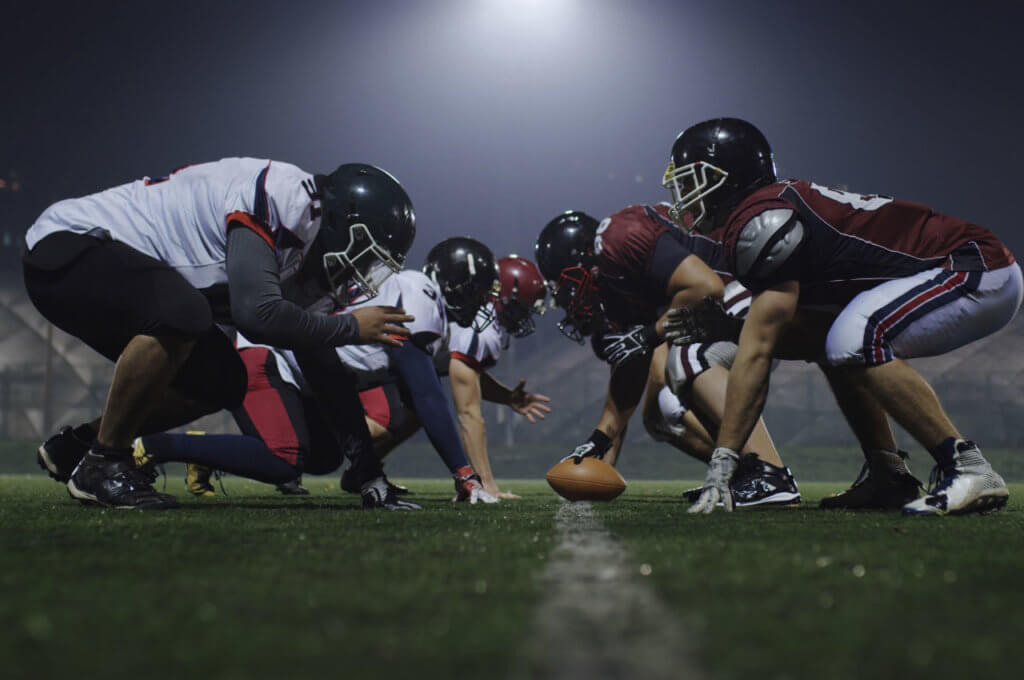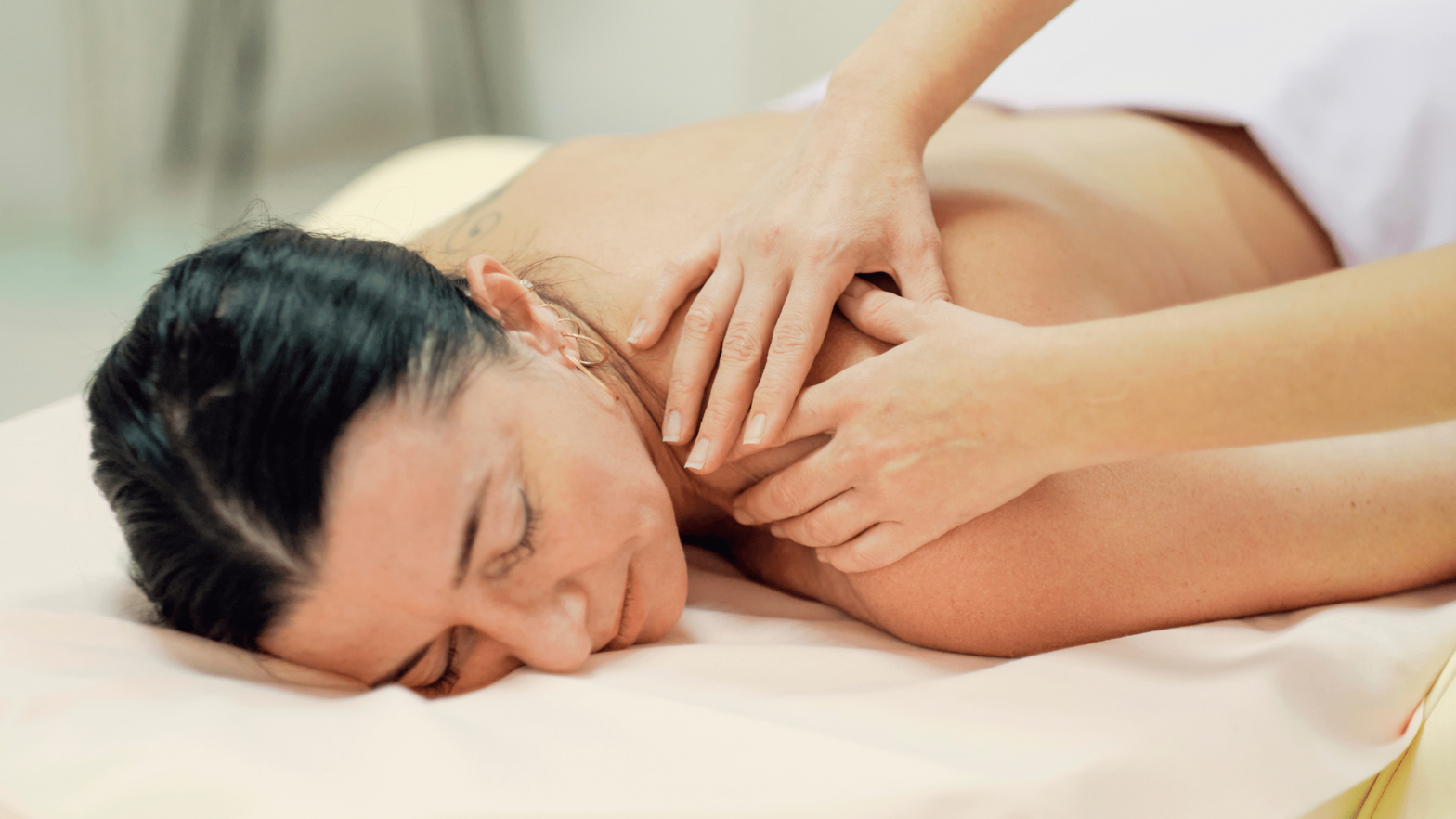Simple, hands-on approaches to help you lead an active lifestyle!
Do you struggle with knee pain? It’s a common enough experience that many people associate knee pain with aging, viewing it as an inevitable fact of life once they hit middle age. Fortunately, physiotherapy can help with knee pain management!
Knee pain is not necessarily a normal part of aging, and there are several reasons why someone might experience it. For younger people, that reason is primarily injury–the knee is a complex joint with three major bones (the tibia, femur, and patella) and four major ligaments. That’s a lot of potential for damage!
However, the most common source of knee pain for older people is osteoarthritis. Approximately 13.6% of adult Canadians have osteoarthritis, although not all necessarily experience it in the knee (osteoarthritis can affect any joint, although the knee is one of the more common ones).
Regardless of the reason for your knee pain, physiotherapy at MEX Physio can help you manage it–and, in some cases, may even resolve it entirely. We offer several techniques, such as manual therapy and therapeutic exercise, that address your knee pain at its source, helping you to find relief.
If you’re living in Ontario and want to learn more about physiotherapy’s role in managing knee pain, call our clinic today!
Different Types of Knee Pain
Not all knee pain is the same. Knee injuries will feel different based on the nature and location of the injury, and osteoarthritis of the knee can also vary based on where the condition has developed. Identifying the source of your knee pain is the first step in finding relief, and our physiotherapists will conduct a thorough physical exam to help us better understand your condition.
Here are some of the common types of knee pain and their accompanying symptoms:
- Kneecap pain: Your kneecap, or patella, is a small flat bone that helps your knee hinge. If it shifts out of position, it can cause pain. This pain is common among athletes and often results from repetitive use. You’ll typically feel pain while climbing stairs, walking uphill, or squatting.
- Lateral knee pain: This type of pain occurs along the outside of the knee and is usually an overuse injury to one of your knee’s tendons or ligaments. You’ll generally feel it when climbing stairs, walking, running, or changing directions and cutting in sports.
- Medial knee pain: This type of pain occurs along the inside of the knee and develops due to damage to the cartilage in the knee joint (meniscus) or an injury to the medial collateral ligament (MCL) or, in some cases, a tendon. You’ll likely feel it when squatting, descending stairs, or walking up or down a hill or ramp.
- ACL tear: While technically, any of the four knee ligaments can tear, tears to the ACL (anterior cruciate ligament) are the most common, especially among athletes. In addition to pain, a ligament tear will cause your knee to feel weak and unstable. In some cases, the knee will give way, especially when changing directions or pivoting.
- Knee osteoarthritis: Osteoarthritis is caused by the degeneration of the soft tissue in a joint. You’ll experience pain wherever the degeneration occurs, so that location will vary, but it often is felt in the inner aspect of the knee joint. You may also experience knee stiffness or swelling.
Keep in mind this list is not exhaustive! Our physiotherapists can help you determine what’s causing your knee pain. Once we have, we’ll provide you with a customized pain management plan based on your needs and goals.
How Physiotherapy Can Help You Find Relief
Movement is one of the best ways to address knee pain, so that usually forms the foundation of our plans. However, we understand that many people may need acute pain relief before moving on to vigorous exercise, so we’ll also work with you to ensure your body is ready for treatment.
We’ll begin by examining the various factors contributing to knee pain. If certain movements trigger knee pain, we may suggest modifications to help you avoid or limit them while you work to address the source of that pain. Sometimes, you may find relief by changing footwear or avoiding prolonged positions or certain exercises. We’ll let you know for sure.
Another way we can help with acute pain relief is through manual therapy, a set of hands-on techniques including joint mobilization, in which we gently guide your knee through its current range of motion. These techniques can help alleviate muscle tension and improve mobility in your knee, helping you prepare for more active exercises.
Once you’re ready, we’ll introduce more therapeutic exercises into your program, including range-of-motion exercises and strengthening exercises. Improving mobility and strength is crucial in helping you manage your pain and improve your function. Our physiotherapists will develop an exercise program that suits your needs and ability levels.
As you improve, we’ll gradually work on adding more resistance to your movements, which will help you further strengthen the muscles of your hips, legs, and knees. We’ll also incorporate functional training, which provides training for everyday movements (such as going up and down stairs) that may be difficult for you.
If you’re an athlete, your functional training will include sports-specific movements and modified training programs so you can get back to your favorite sport as quickly and safely as possible! We’ll also provide return-to-activity schedules, so you have a sense of when you can jump back into the game.
Address Your Knee Pain at MEX Physio!
Knee pain may be common, but physiotherapy can help address it, ensuring you can live a healthy, active lifestyle. Many people ignore knee pain, hoping it will go away on its own–but it’s much better to utilize physiotherapy to manage your pain (and maybe even resolve it).
To get started with your own customized knee pain program, request an appointment at our Ontario clinic today.



